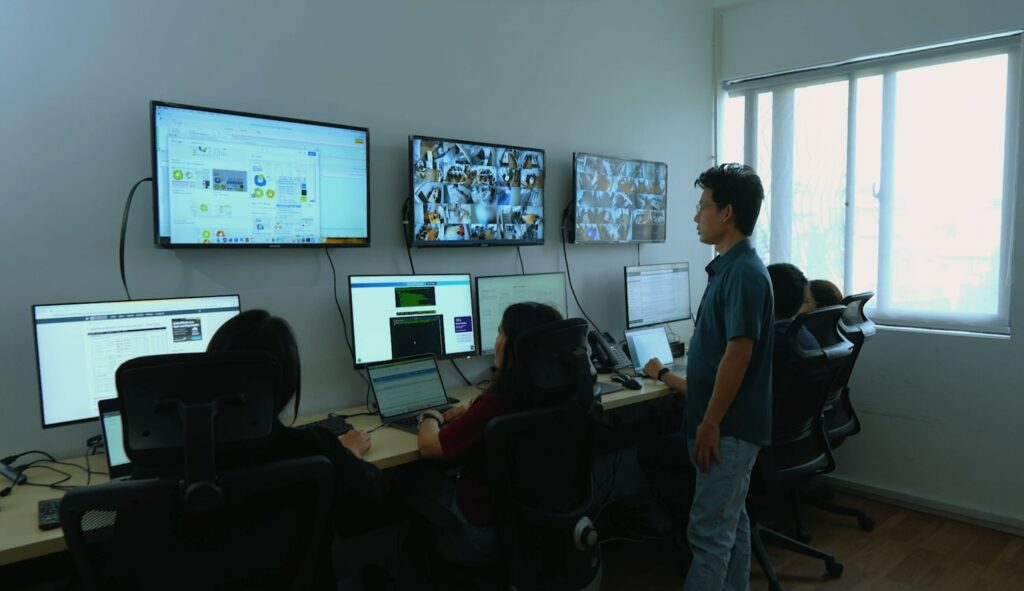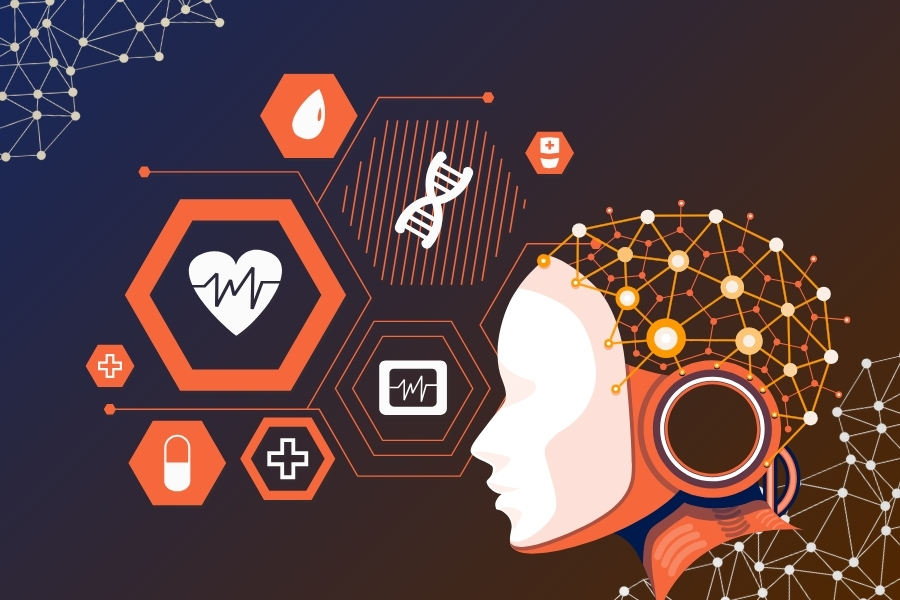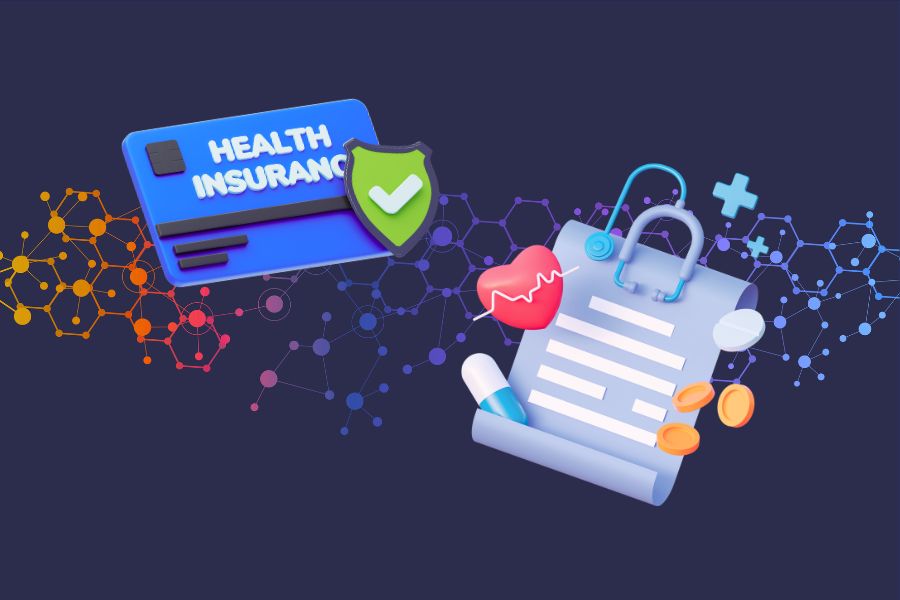We live in a world of information. Our dependence on technology, business networks, and digital gadgets has grown well beyond what could have been imagined only a few decades ago. Individuals and their personal lives are stored in a variety of ways using online networks and secure servers.
To secure such sensitive collections of information, the need for cybersecurity is considerably increased.
What is cyber security?
Cyber security means preventing unauthorized users or organizations from accessing or exploiting information held on devices, networks, and servers linked to the internet. A data breach might do enormous harm to the reputation of the company or organization that holds a sensitive set of information, as well as the exploitation of that information at the expense of innocent individuals who trusted these institutions with their personal information.
Types of cybersecurity
In addition, the numerous forms of cybersecurity are generally classified due to the variety of cyberattack types used to mess with protected and sensitive information. The following are some of the most frequent kinds.
- Network security:
It is the collection of settings and protocols that are imposed to regulate access to networks and the devices and systems that are linked to these networks through incoming and outgoing connections. The major goal is to ensure that the data stored on these networks are safe and unharmed.
- DLP (Data Loss Prevention):
It refers to the tools and methods that identify when sensitive information is transported, accessed, or stolen. It operates by the use of predefined data policies that are modifiable by the company that uses the service, and it operates by continually monitoring data. When it detects a malicious effort to steal or compromise data integrity, it implements remedial actions such as encryption to guarantee that the data is not misused.
- Cloud security:
Cloud computing is one of the world’s fastest-growing sectors, with more services and apps being launched now than ever before. These services rely nearly exclusively on cloud computing infrastructure to perform services and store data. The protection of this cloud infrastructure and data from unethical hackers or criminal persons is what is cloud security.
- Intrusion Detection Systems (IDS)/Intrusion Prevention Systems (IPS):
An intrusion detection system (IDS) or intrusion prevention system (IPS) works similarly by monitoring all incoming and outgoing connections to a specific server or network and is capable of swiftly recognizing any cybersecurity risks. IDS identifies the threat and relays it to the administrative team or cybersecurity professionals as predefined, whilst IPS include in-built protocols and cybersecurity tools not just to pinpoint irregular or potentially harmful activity but moreover bring an end to it.
- Identity and Access Management (IAM):
IAM is an umbrella term referring to a combination of policies, cybersecurity protocols, programs, and technologies used to carefully regulate access to sensitive databases and online platforms into which access must be prohibited to verified users only. It encompasses the development, management, and usage of digital identities, as well as the accompanying verification procedure, to guarantee that no unauthorized individuals obtain access to a restricted internet platform, network, or server.
- Data encryption:
The internet is the world’s most common method of communication right now, and data encryption acts its play. Encryption is the process of scrambling a message or communication in such a way that it is undecipherable by any unauthorized entity who has access to it. Just the sender and the desired receiver have accessibility to a decryption key, which is required to decipher the message or communication. The necessity for cybersecurity to protect the privacy of individuals and business organizations is growing all the time.
- Anti-virus/anti-malware:
Anti-virus or anti-malware is a computer program or software that is specifically designed to ensure that no malicious file or program, most commonly found on untrusted websites on the internet, can exploit the system’s cybersecurity vulnerabilities to cause disruption, irreparable damage, or data loss. These programs continually monitor a computer system’s activities, particularly when sensitive data is involved, transactions are done, or the internet is accessed, in order to safeguard the machine from any cybersecurity danger.
- Vulnerability Assessment and Penetration Testing (VAPT):
VAPT is a proactive approach to identifying and fixing security weaknesses in an organization’s digital infrastructure. It combines two key processes: vulnerability assessment, which scans systems to detect known flaws, and pentesting, which simulates real-world attacks to evaluate how exploitable those flaws are. By exposing vulnerabilities before threat actors can exploit them, VAPT strengthens an organization’s security posture and helps ensure compliance with industry standards and best practices.
Framework for cybersecurity
A cybersecurity framework is an agreed-upon collection of guidelines and standards that a firm uses to secure itself and its data assets in the digital world. A framework becomes significant for a variety of reasons. Companies and enterprises in today’s info world rely heavily on data. As a result, this data is extremely important to the organization and must be safeguarded against illegal access or theft at all costs.
This is where a well-planned and comprehensive cybersecurity framework comes into play to secure the organization’s critical infrastructure assets and maintain the security of the data kept by the company.
Cyberattacks: Types
The following are some of the most typical forms of cyber-attacks that cybersecurity experts must defend data and information from.
- Malware:
Malware is an umbrella word for evil software and files that contain viruses that enter the system and cause information theft, damage of existent files and documents, destruction of particular elements of the system that make it useless, and so on. Malware is often downloaded onto a system whenever a user mistakenly clicks on a fake website or open an attachment, or downloads an unverified file or software.
- Spyware:
Spyware is a sort of malware that requires specific care owing to its mode of operation. Spyware invades the system or device and is meant to go unnoticed while not interfering with the system’s functioning. Instead, spyware continuously monitors and analyzes the user’s activity on the system and feeds data back to a host, allowing sensitive information to be snatched.
- Ransomware:
As the name implies, it is a criminal effort to extort information or money from the system user it affects. Ransomware is a type of malware that, when downloaded onto your system via fake websites, downloads, or files, entirely disrupts your system’s functioning and frequently displays a notification to the user requesting a certain amount of money be transmitted to the host in order to recover access to the system.
- Phishing:
These attacks are the most common type of cyber-attack in which communications get sent to users that appear to come from a trusted source but are in fact slyly designed to retrieve sensitive information such as login details, credit card details, and bank account details.
- Denial of Service (DoS) attacks:
A denial-of-service attack is often performed opposed to an online platform or website, flooding its systems and servers with traffic and requests. This information overflow puts a burden on the platform’s bandwidth and resources, eventually preventing anybody from accessing or using the website. The major goal of such assaults is to make the specific service supplied by the internet unavailable to people who require it.
- Zero-day exploits:
New cybersecurity vulnerabilities are frequently identified by users, who may then resort to the internet to notify other users about the same. In certain circumstances, an individual may take advantage of the situation and launch a cyber-attack to exploit the newly discovered flaw before the makers of the program or application can provide a remedy for the weakness.
- Man-in-the-Middle (MITM):
These attacks occur when a hacker infiltrates a communication channel between two systems or between a user and an application that is thought to be safe or secret. The major purpose of such an attack is to steal sensitive information in the background by intercepting secure connections, namely payment data, bank and card information, login credentials, and so on. These assaults may be avoided by using continually changing cybersecurity communication protocols that are meant to improve safeguard private conversations.



